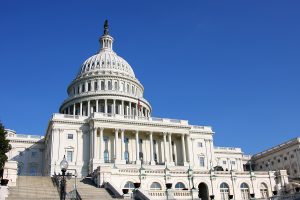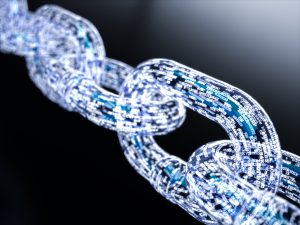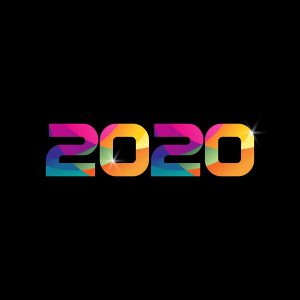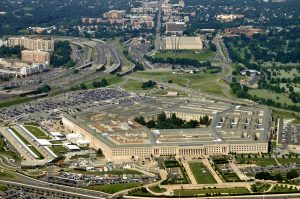
The U.S. Department of the Treasury is the steward of U.S. economic and financial systems, and is responsible for maintaining the nation's financial infrastructure. This includes the production of currency, the disbursement of payments to the American public, revenue collection, and the borrowing of funds necessary to run the federal government. The most familiar agency within Treasury may also be the most dreaded, the Internal Revenue Service (IRS). With tax time approaching, we thought it was a good time to look at the challenges and focus of the Treasury.
- Cybercrime - The Treasury has always been focused on preventing fraud related to currency and tax evasion, but much like the Department of Defense has recognized cyberspace as a new battlefield. Treasury is now focusing on the Internet as the primary stage for money-related crimes. The speed at which crimes are carried out online require new techniques and tools. The use of cryptocurrencies to mask criminal behavior is also a huge focus of the Treasury's investigative departments.
- Blockchain - While blockchain has a tie to the movement of cryptocurrencies (both legitimate and criminal), Treasury is also looking at the technology as a way to better facilitate the management of federal grant funds. In one case, the National Science Foundation is using blockchain to track grant payments and ensure that the terms of the grant are being followed.
- Cloud - Like the Intelligence community, Treasury is looking to develop a cloud solution that meets the unique security needs of its mission while delivering on the efficiencies of the on-demand nature of cloud. The Department is developing a proposal for "T-Cloud," an enterprise wide suite of cloud and professional services across multiple providers. The goal to is award this contract and get it implemented by 2022.
- Citizen Experience - The IRS may be one of the most visible government agencies as citizens interact with them at least once a year. With their high touch with the public, the IRS has been a leader in redefining what customer service means in government. In fiscal 2018, 90% of customers were satisfied with their service via phone or a tax assistance center. This does not mean the work is done. A recent report gave the IRS a C+ on its use of language, saying the agency needs to make their web content more user-friendly using Plain Language
For those working at or supporting the Treasury, there are several upcoming events that can help bring these challenges and their solutions into focus.



 Implementations and pilots of blockchain
Implementations and pilots of blockchain  With the closing of the decade, we thought it would be interesting to look back at the top technology headlines of 2009 and compare them to where the market is today.
With the closing of the decade, we thought it would be interesting to look back at the top technology headlines of 2009 and compare them to where the market is today.

